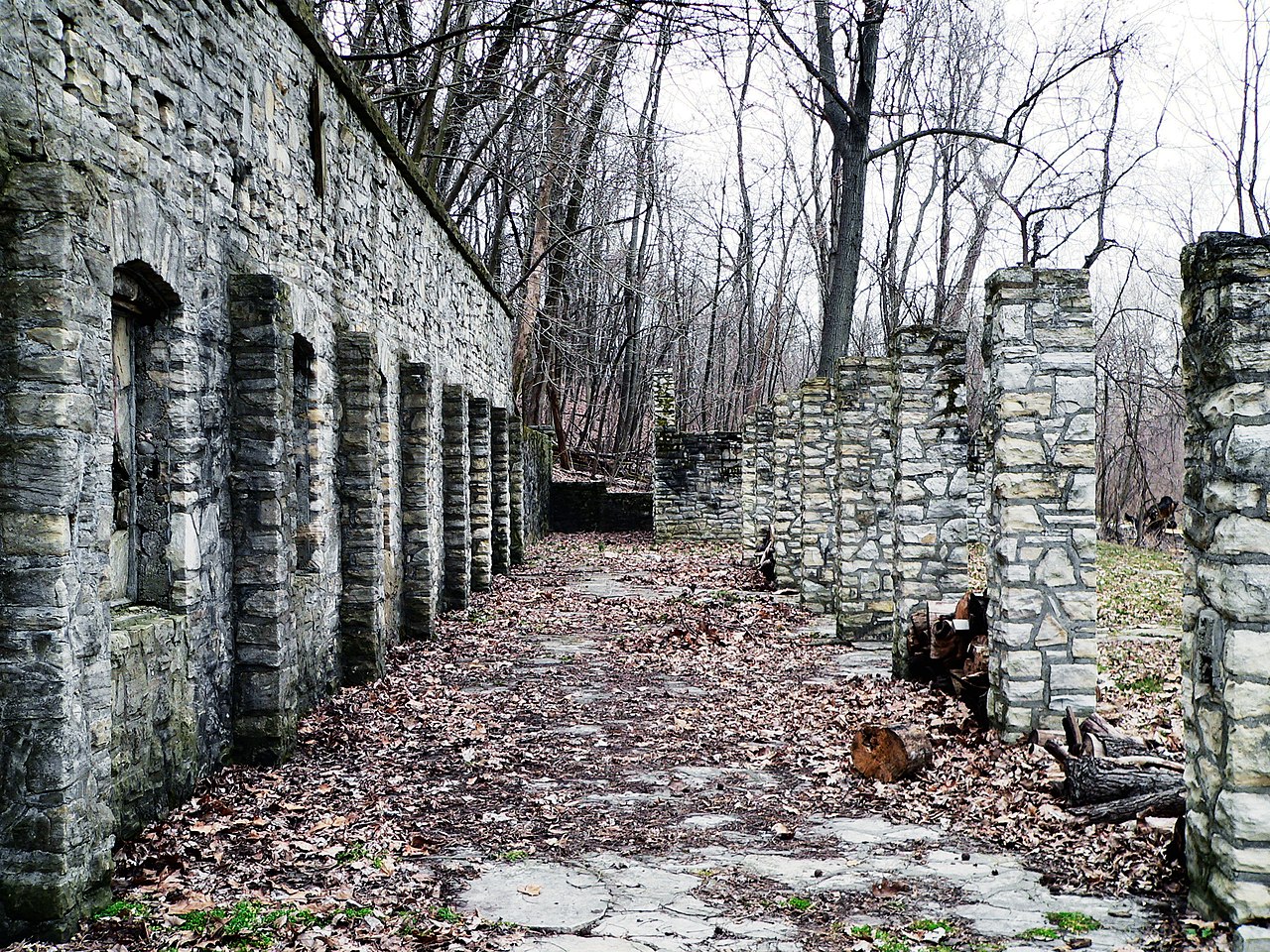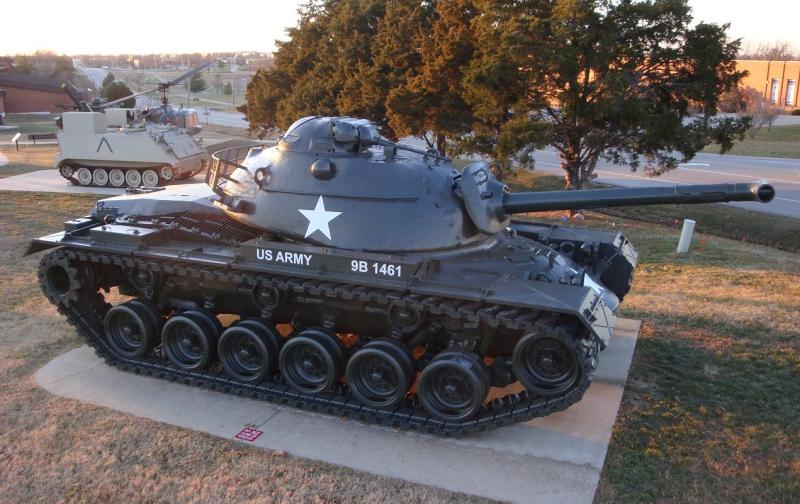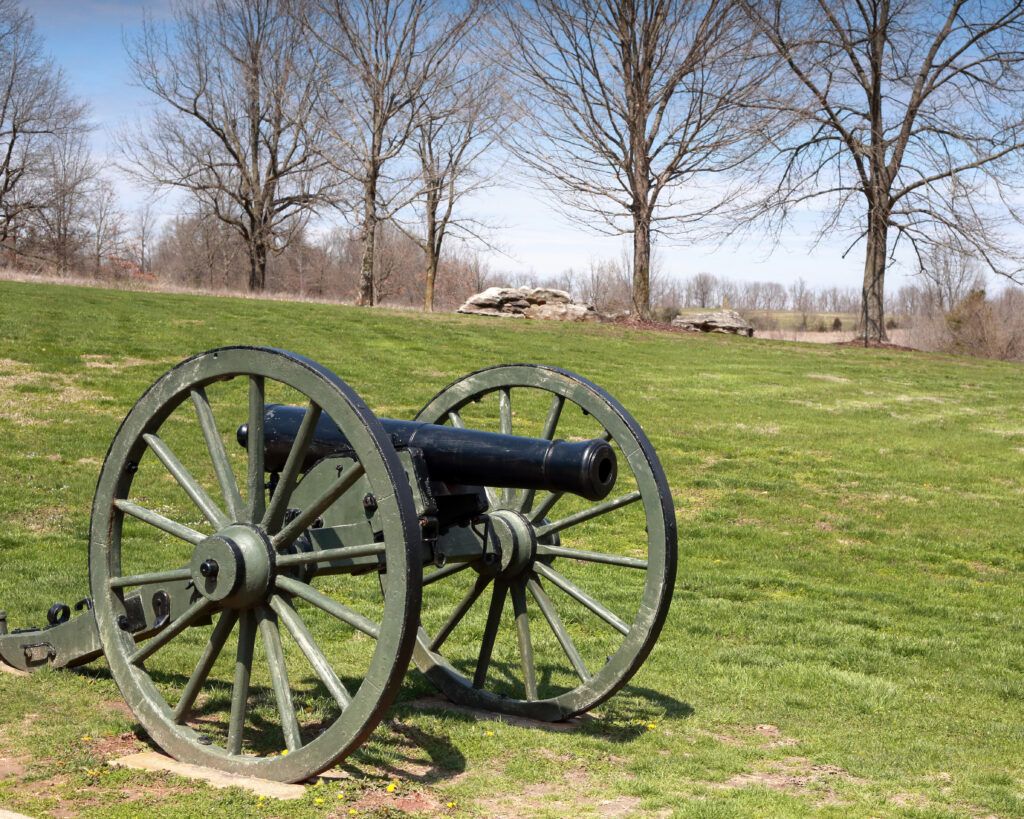Army Forts in Missouri are crucial in the state’s military operations and national defense. They are located throughout the state and house personnel from all five branches of the US Military.
These forts provide essential training, resources, and support to soldiers and their families, making Missouri a vital contributor to the United States military efforts.
Fort Leonard Wood is important to these installations due to its rich history and diverse training programs. Established in 1940, the base has grown from a small infantry training post to an engineer training center.
Today, Fort Leonard Wood boasts many training opportunities for newcomers and career military personnel.
These Army Forts in Missouri benefit the military and significantly impact the local communities. They provide economic support, foster cooperative efforts, and enhance the region’s well-being.
Historical Background of Army Forts in Missouri

Missouri has a rich history of military involvement, with numerous army forts and installations throughout the state. These military posts have played a significant role in American history, stretching back to the early Mississippi and Missouri Rivers settlements.
In particular, St. Louis and its surrounding areas have long been home to various military bases, from the historic Jefferson Barracks to the more modern Fort Leonard Wood.
During the 19th century, forts such as Fort Belle Fontaine, Fort Charette, and Fort Carondelet protected and supported soldiers and early settlers along the Mississippi River near St. Louis.
In the western part of the state, forts like Fort Riley and Fort Scott were critical in securing the Kansas City region and key points on the Santa Fe Trail.
Additionally, Jefferson City hosted a military base that would eventually evolve into the Missouri National Guard’s headquarters.
World War II
World War II brought significant expansion and development to Missouri’s military infrastructure. Fort Leonard Wood, established in 1940, quickly became a central training facility for U.S. Army troops.
Located near St. Robert and the central Missouri Ozarks, this army installation now houses the U.S. Army Engineer School, the U.S. Army Chemical Corps, and various other training centers.
To the east, Whiteman Air Force Base also played a key role in supporting U.S. military forces during the war and continues to be an important base today.
The state also has multiple smaller National Guard, Coast Guard, and Reserve installations, such as the Belton Army Reserve Center and the Navy Operational Support Center in Kansas City.
These military bases provide valuable training, support, and service opportunities for active duty and reserve military personnel and their family members.
From the historic forts near the confluence of the Mississippi and Missouri Rivers to the bustling modern installations like Fort Leonard Wood, Missouri’s military history and presence continue to shape the region.
The state’s military installations not only play an essential role in defense of the United States but also serve the local communities and provide significant economic impacts on the surrounding areas.
List of Army Forts in Missouri
Missouri has a rich military history, with various military bases and forts that have been established throughout the years. The military presence in the state can be traced back to the early settling years along the Mississippi River and the Missouri River.
Fort Leonard Wood

Fort Leonard Wood is a critical Army installation near St. Robert, Missouri. Established in 1940 during World War II, it has since become a premier Army center of excellence, offering world-class training to service members, both active duty and reserves, as well as international students.
Fort Leonard Wood, established in honor of Major General Leonard Wood, is a significant Army installation and serves as home to the US Army Engineer School and Military Police Corps schools, providing training for service members in various military occupational specialties. The facility is also known as the Maneuver Support Center of Excellence and has gained a reputation for its challenging basic combat training for incoming soldiers.
Key Institutions at Fort Leonard Wood
The fort is home to several key institutions, including the U.S. Army Engineer School, U.S. Army Chemical Corps, and the Military Police Schools. These institutions provide specialized training to service members, preparing them for their roles in the military.
The U.S. Army Engineer School, for example, offers a wide range of courses on engineering, construction, and infrastructure development. At the same time, the U.S. Army Chemical Corps focuses on chemical, biological, radiological, and nuclear (CBRN) defense.
The Military Police Schools, on the other hand, provide training on law enforcement, investigations, and security operations.
These schools are critical to the Army’s mission, as they ensure that service members are equipped with the necessary skills to maintain law and order on and off the battlefield.
Fort Leonard Wood is a vital training facility for the U.S. Army, providing world-class instruction to service members worldwide.
Its primary mission is to prepare these individuals for their roles in the military, ensuring that they are well-trained and well-equipped to defend their country and protect their fellow citizens.
Belton Army Reserve Center
The Belton Army Reserve Center is a military installation in Belton, Missouri. It is one of the newest Army Reserve Centers in the country, having opened in 2013. The center is primarily a training facility for the Army National Guard and other reserve units.
The Belton Army Reserve Center is home to several critical military units, including the 348th Engineer Company and the 483rd Engineer Platoon. These units provide specialized training in engineering and construction, preparing service members for their roles in the military.
In addition to its training facilities, the Belton Army Reserve Center also houses a Reserve Personnel Action Center. This center provides administrative support to service members and their families, including assistance with pay, benefits, and other personnel issues.
The Belton Army Reserve Center plays a critical role in preparing service members for their roles in the military.
It’s state-of-the-art facilities and experienced staff ensure that soldiers are well-trained and well-equipped to defend their country and protect their fellow citizens. The center is a vital asset to the Army Reserve and a source of pride for the local community.
Fort Crowder

Fort Crowder was a United States Army installation located in southwestern Missouri. It was established in 1941 as a training center for the Army Signal Corps and later served as a training center for the Army Security Agency. The installation was named after Enoch Crowder, a former Army general, and Judge Advocate General.
During World War II, Fort Crowder played a critical role in training soldiers for the war effort. The Signal Corps trained soldiers using communications equipment, while the Army Security Agency provided intelligence gathering and analysis training.
After the war, the installation continued to serve as a training center for the Army, focusing on electronics and communications.
In the 1960s, Fort Crowder was designated as surplus property and was eventually closed. Today, the site is home to the Crowder College campus and a business and industrial park.
The legacy of Fort Crowder lives on, however, as many of the soldiers who trained there went on to serve their country with distinction, both during and after the war.
Other Military Installations in Missouri

In addition to the Army installations, Missouri also hosts other military bases, such as Whiteman Air Force Base, home to the 509th Bomb Wing, and several Navy and Marine Corps Reserve centers. These facilities serve the needs of the state’s military personnel and their families.
Missouri’s military history includes several other notable Army forts, such as Fort Davidson, built during the Civil War near Pilot Knob, and Fort Osage, an early 19th-century fortification along the Missouri River.
Some historical forts, such as Fort Zumwalt Park, have been preserved as parks and sites to remember the state’s role in American history.
Nearby military posts like Whiteman Air Force Base, Missouri National Guard centers, and the St. Robert region further showcase the solid military presence in the state.
With its central location along the Missouri River, its connections to cities such as Jefferson City and Cape Girardeau, and the ever-expanding military community in the surrounding areas, Missouri remains an important hub for military operations and training facilities.
Additionally, the state boasts key naval and coastal defense installations along the Mississippi River, including the Navy Operational Support Center in St. Louis, hosting active duty personnel and reserve units.
As the military’s role continues to evolve in the modern era, Missouri remains steadfast in its commitment to supporting military personnel and their families, truly making it a key contributor to the ongoing history of American military service and achievement.
Missouri’s Significance during the Civil War

During the Civil War, Missouri was considered a vital land that held military and strategic importance to Union and Confederate forces. Cities like St. Louis and Jefferson City were critical for deploying infantry troops and establishing military bases.
Missouri’s key location along the Mississippi and Missouri rivers made it a vital transportation and communication point, while cities like Cape Girardeau held significant positions along the high ground.
Forts were constructed strategically, including the famous Forts A, B, C, and D, which played a crucial role in securing the region for the Union troops. St. Louis acted as a major supply point and saw the establishment of Jefferson Barracks, which provided essential administrative support to the military community during the Civil War era.
While the main focus was military posts and training facilities along the major rivers, Missouri also held significance in other areas.
Military personnel, including those from the National Guard, fought to secure key strategic points throughout the state. The whirlwind of conflict even reached Kansas City, with skirmishes near its borders.
Missouri’s strategic importance was further highlighted by its proximity to the Santa Fe Trail, which allowed easy access for troops and supplies to be transported.
The state’s rich military history continued even after the Civil War. Missouri became home to several early forts and military posts that eventually evolved into modern army installations such as Whiteman Air Force Base and Fort Leonard Wood.
Preservation and Tourism of Military Bases in Missouri

Missouri has a rich history of military bases and army forts from early settlements to World War II. The state’s strategic location along the Mississippi and Missouri rivers are ideal for military posts and training facilities. Several historic forts, such as Fort Orleans and Jefferson Barracks, are located within the region, giving visitors a look into American history.
Modern-day military bases, such as Fort Leonard Wood and Whiteman Air Force Base, are still active, providing essential training and support for the US Army, National Guard, and other service members.
These active-duty installations draw military members and their families to cities such as St. Louis, Kansas City, Jefferson City, and St. Robert, creating vibrant military communities throughout the state.
As a result of the presence of these military bases and historic forts, Missouri has a strong commitment to preserving its military history.
Federal Laws Help Preserve These Forts
Federal laws, such as the Antiquities Act of 1906, Historic Sites Act of 1935, and National Historic Preservation Act of 1966, have been enacted to protect and preserve cultural resources on army installations and training facilities.
Furthermore, visitors can explore the rich history of Missouri military sites in museums such as the Museum of Missouri Military History in Jefferson City.
This facility is part of the Missouri National Guard’s Ike Skelton Training Center and offers a comprehensive overview of the state’s military history.
While visiting Missouri’s military sites, visitors must adhere to specific guidelines depending on the base or fort. In many cases, adult visitors must show identification at the main gate, and access to certain areas may be restricted.
Nonetheless, preserving and promoting army forts and military bases in Missouri provide a valuable educational and cultural experience for tourists and military members alike.
Conclusion – Army Forts In Missouri
In summary, Missouri has a rich history with military bases and installations, particularly with the St. Louis Army base, serving as a strategic location along the Mississippi River.
From the Old West’s Fort Lost in the Woods of Misery to modern-day installations like Fort Leonard Wood and the Belton Army Reserve Center in Kansas City, Missouri, have played a vital role in the United States military’s presence and training efforts.

Cory is a website owner and content creator who enjoys fishing, history, coin collecting, and sports, among other hobbies. He is a husband and father of four.
Romans 15:4 For whatever was written in former days was written for our instruction, that through endurance and through the encouragement of the Scriptures we might have hope.

